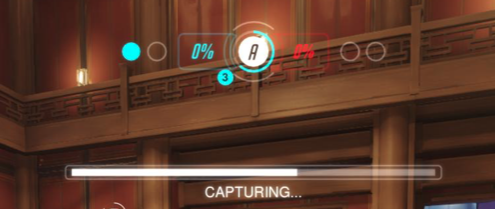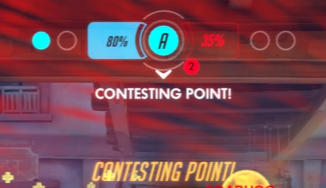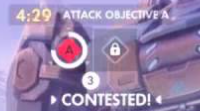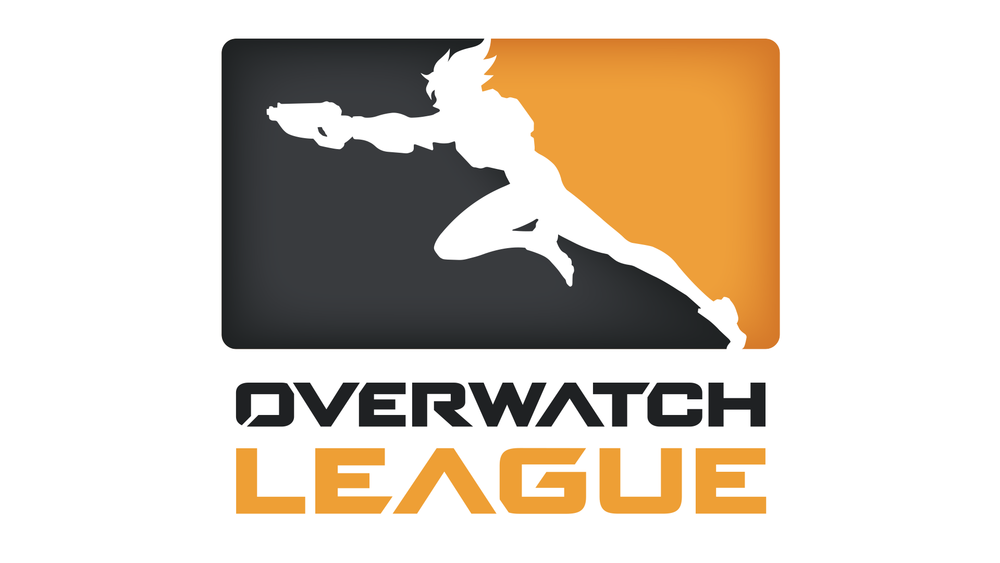It can be a bit overwhelming to get into any new sport, let alone one of the biggest eSport league in the world. In an attempt to get you up to speed, I will be presenting a five part series to introduce everyone to the Overwatch League, the four different game modes, the basics of Overwatch’s heroes, some common terminology, and a look at the Boston Uprising’s roster. In this article, I’ll be looking at the different game modes in Overwatch.
It is confusing that in Overwatch their are different game modes. Most sports have one goal and an offense/defense dichotomy (prevent/score goals, get outs/score runs, etc.). But in Overwatch there are four modes with completely different rules. Not to be confused with football, where you have three different phases of the game (offense, defense, and special teams). But in Overwatch, teams play a best of four map series. Each game mode has its own rules, scoring system, and strategies. Sometimes two competing teams require a fifth match to determine a winner. I’ll review each game mode and explain the rules. Additionally, I’ll point out the broadcast cues you should follow along with. Let’s go over the basics.
Control

In the Control game mode, teams start on opposite ends of the map with an objective area in the middle. This objective area, or control point, unlocks 30 seconds into the game. Once unlocked, a team can capture the control point by being the only team in the objective area. To do this though you have to wipe out the other team from the control point. The more players a team has in the objective area, the quicker they capture the control point. If the team vacated the objective area, the meter that measures how far along the capture process slowly resets back to 0.

Once a team captures the control point, they slowly move towards 100%. At this point the other team needs to clear the objective area of opposing players and capture the control point. The first team to 100% wins – there is no time limit. Additionally, once a team gets to 99%, the other team has to be cleared out of the objective area to get to 100%. A lot of times you’ll see scores of 99 – 100% as one team fails to clear out the control point.
When playing the Control game mode, it is first to 100% on a best of 3 maps. The winner of the best of 3 gets a point towards the overall series. If the overall series needs to go to a 5th match The Control game mode is also used . This is because Control always produces a winner and can’t end in a draw.
Assault

The Assault game mode is one where teams rotate offense/defense. When on offense, a team starts opposite of where the defensive team starts. While on offense, teams have to reach an objective area and capture it. Capture mode’s rules around capturing points all apply. There are two points to capture (point A and point B). Point A is always closer to the offensive start point, and further from the defensive start point. If offense can capture Point A their start point moves up on the map and they must capture point B.

There are a few nuances that make assaulting/defending the objective areas a bit different than Control mode. Whereas Control mode has a circular meter to measure progress towards controlling the objective area, in Assault mode the meter has two checkpoints on the way to capturing the point. Offensive teams work to raise the meter to one of these checkpoints. That’s because even if they get wiped out by the defending team, the meter won’t reset beyond the last check. Additionally, the meter’s progress stops when the defensive team gets into the objective area. You’ll see the word “CONTESTED” underneath the capture point in the heads up display. Thus in Assault mode the assaulting team has to wipe the defending team off the capture point every time they want to move towards capturing the point.

Escort

The Escort game mode is the most straightforward – teams take turns bringing a mobile payload (a big object like a battering ram on wheels, floating car, etc) from one end of a map to the other. To move the payload, the team on offense must be in close proximity to the payload – the more players on/near the payload, the quicker it will move. By being on or within range of the payload the attacking team is healed. Forward progress can be stopped in one of two ways. First, the offensive team is removed from the area on or around the payload. Second, the defensive team gets a player on or around the payload.

The offensive team has a set amount of time to escort the payload from the start to the end of the map. When the payload reaches one of the two checkpoints along the way additional time is awarded. If each team successfully escorts the payload to the end, teams get an additional turn to escort the payload from the start to the end with however much time they had left over.
Escort mode always has a winner – whoever moves the payload the furthest (even if it is the second, third, or more) lap through the map. The end of each round is also like Control. This means if the attacking team’s time runs out, as long as they have a player on or near the payload the round will continue. Oftentimes you’ll see teams with no time push the payload past a checkpoint during overtime. As a result they get additional time to play with to get the payload to the next checkpoint.
Hybrid
If you have your head wrapped around Assault and Escort mode, then you’re off to the races. That’s because hybrid combines the two. First games start with an Assault mode-type objective area which must be captured/defended. If the offensive team wins then it becomes an Escort mode.
Now that you know the four game modes of Overwatch, you’re ready to get on the Overwatch League bandwagon!
For all the latest on the Overwatch League and the Boston Uprising, please follow me on Twitter #BostonUp
